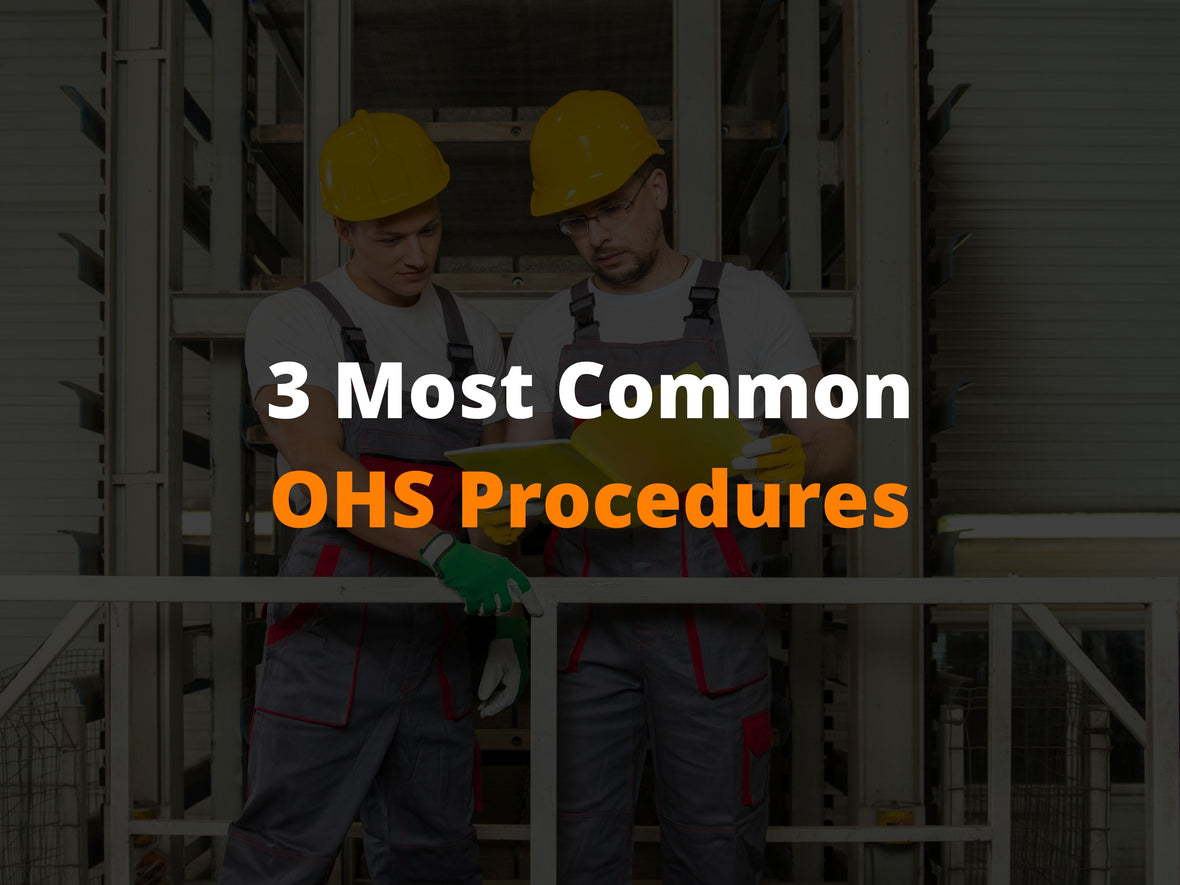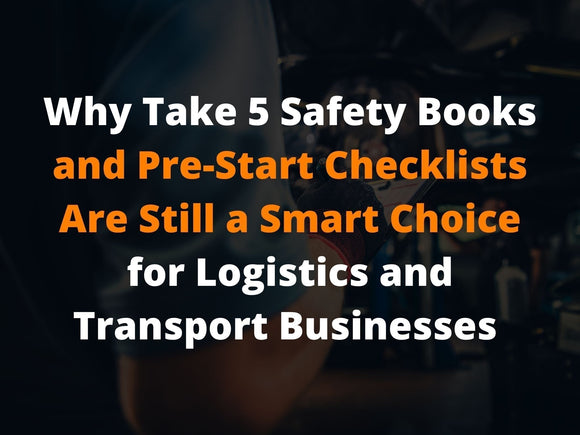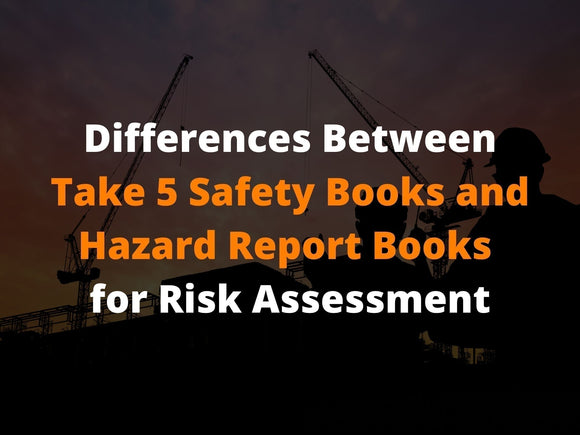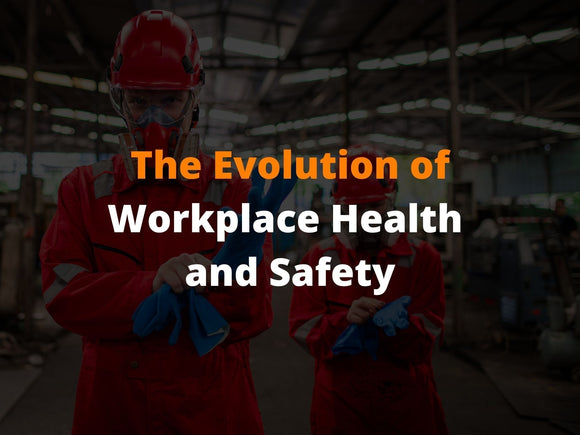
3 Most Common OHS Procedures
What are the common OHS Procedures your business can do to keep your workers safe?
It's always a top priority for businesses to ensure the safety of their employees. After all, when your workers feel unsafe or are injured while on the job, they're not going to be very productive or happy!
Communication between people on jobs sites (or workshops) is key to safety and preventing hazards. Clear signage, checklists, toolbox meetings, and regular feedback are essential to ensure your staff and clients communicate and stay safe on site.
Setting up feedback systems to report any areas for improvement and training is also crucial in the workplace. This helps keep employees up to date and educated on what potential hazards are and how to remedy them.
Continual reflection and implementation of suitable safety practices will help a job site run smoothly and efficiently with no loss of time due to injury or safety shutdowns.
So, what are some of the most common practices businesses use to help keep their people safe?
Check out three easy ways to implement safety into your business.

Tip #1 - Use Safety Checklists and Safety Books
It's important to have a safety checklist for your employees when they start working on-site or in the workshop. The checklist should include reminders of everyday hazards that are not always visible, such as distractions from mobile phones while operating machinery - which has proven fatal!
A step-by-step guide makes sure every employee knows what needs checking at each job site. There isn't any confusion about how best to tackle new challenges with confidence when doing this.
A great way to achieve this is by providing pre-made templates like our Take 5 Safety books. These books not only help create a safe site, but they also save time during projects as they are on hand and ready to go.
Tip #2 - Include Pre-Start Meetings In the Workplace
Toolbox meetings are where tasks for the upcoming week or day are discussed, safety measures are taken, and new people are introduced to help with specific projects.
Pre-Start Meetings occur before any job begins right here on-site at the time of the job, so everyone knows what they'll be doing from the start. Each person involved knows their task, checks their safety paperwork is complete and identifies any potential hazards or areas of concern.
The goal here is to prevent accidents and minimise downtime from injury or stop work due to dangerous situations. A Pre-Start meeting on-site can help reduce these risks by highlighting potential hazards in real-time.
Tip #3 - Provide Feedback on Employee's Performance & Safety
Giving feedback in a group meeting after a job is complete allows each person to reflect on the work that was done. It also helps future employees know how they can improve their performance and safety.
It's always good to get feedback after a job is complete as it gives your team the opportunity and ability (through their own voices) to be heard about what they think will help improve future projects or tasks to do things better next time around.
It is also a chance for them to raise safety concerns such as:
- Current workplace practice
- Future potential hazards
- Replacing any faulty equipment
- The introduction of safety signage
Providing employees with a dedicated training area can also help keep your crew safely working together.

What is Your Goal to Creating a Safe Workplace?
Ensure that all the staff members who work for you can do so without fear or anxiety and feel like they can speak up if they identify a risk.
Providing relevant training, routines, and even signage lets your employees know their safety is number one and that making it home each day is a priority.
Whether you're a big company or a tradie with an apprentice, it doesn't mean your employees should be unsafe!
With premade safety templates, communication, and routines in place, streamlining their workday is easy.
How UniPrint Can Help Improve OHS Procedures in Your Workplace
Safety is the number one priority in any workplace. As a business, you need to be continually asking how can we improve our safety practices?
Well, it's not as hard as you might think! UniPrint provides safety books and checklists that can help streamline your process and provide valuable feedback that may require training or introducing safety equipment.
The key to improving safety starts with ensuring everyone understands their role in keeping themselves (and others) safe. What do you need to implement at work for improved safety?
If you're ready to improve OHS procedures in your workplace, reach out to us today for more information. Our friendly team can show you how we can partner up to keep yourself and your employees happy, healthy, productive and most importantly, safe!



